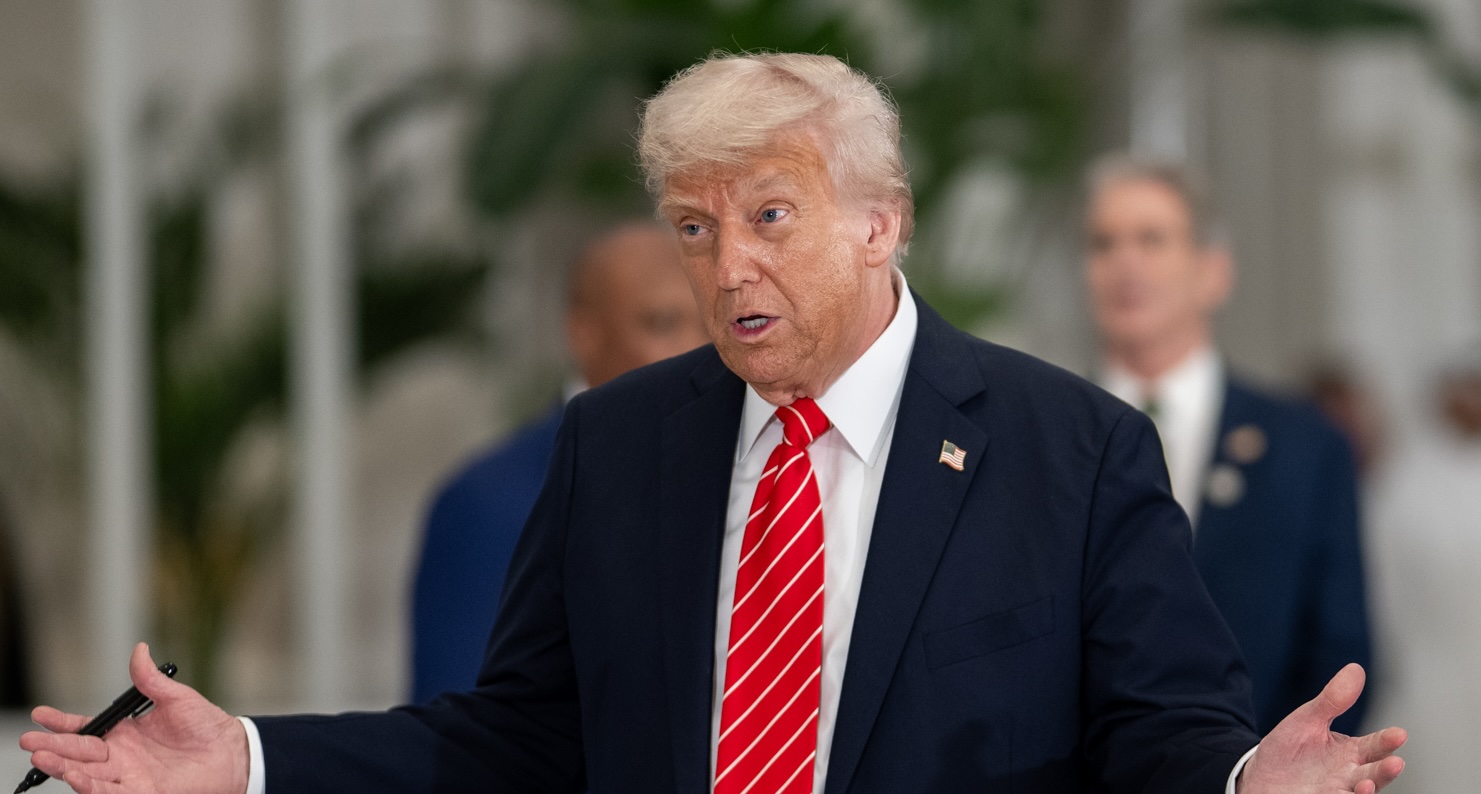Already a subscriber? Make sure to log into your account before viewing this content. You can access your account by hitting the “login” button on the top right corner. Still unable to see the content after signing in? Make sure your card on file is up-to-date.
President Donald Trump has announced that Hamas will begin releasing the remaining Israeli hostages on Monday as part of the first phase of a historic ceasefire deal.
Getting into it: While speaking during a phone interview with Fox News’s Sean Hannity, Trump said that all remaining hostages (including about 20 believed to be alive and roughly 28 deceased) would be returned within 72 hours of the ceasefire taking effect. Trump said the deal was the result of months of intensive diplomacy and hailed it as the beginning of a broader path to peace in the region.

The ceasefire will operate in multiple phases, with Phase 1 focusing on an immediate halt to hostilities and a partial withdrawal of Israeli forces. Under the terms, Israeli troops will pull back to a pre-agreed “yellow line” (a boundary shown on a US-issued map from October) which represents approximately 42% of Gaza’s territory. In exchange, Hamas will release all living hostages as well as the bodies of Israeli captives who died in custody. Israel, for its part, will begin releasing approximately 2,000 Palestinian prisoners, including individuals detained since the October 7, 2023, attacks, and prisoners serving life sentences. Aid convoys carrying food, medical supplies, and shelter equipment will also be allowed into Gaza in large volumes starting immediately after the agreement is ratified by the Israeli government.
In Phase 2, Israel would retreat to a secondary “red line,” while an International Stabilization Force (supported by the US and other mediating nations) begins operations to ensure security and coordinate humanitarian efforts. In Phase 3, Israel would withdraw to a final “security buffer zone,” with a transitional Palestinian technocratic administration taking over governance in Gaza under international supervision. Trump’s plan avoids immediate political restructuring and focuses first on security, stabilization, and reconstruction, with a separate international panel tasked with leading the rebuilding of Gaza’s infrastructure and economy.
The deal was mediated with key support from Qatar, Egypt, and Turkey, all of whom Trump publicly thanked for their roles in facilitating the negotiations.
Despite the breakthrough, some questions remain as Hamas has raised concerns regarding the long-term expectations of the deal (particularly over demands that the group fully disarm). While Hamas has agreed to the initial terms, they’ve expressed reservations over whether Israel would truly honor its commitments, especially regarding military withdrawal and the prevention of future incursions.







